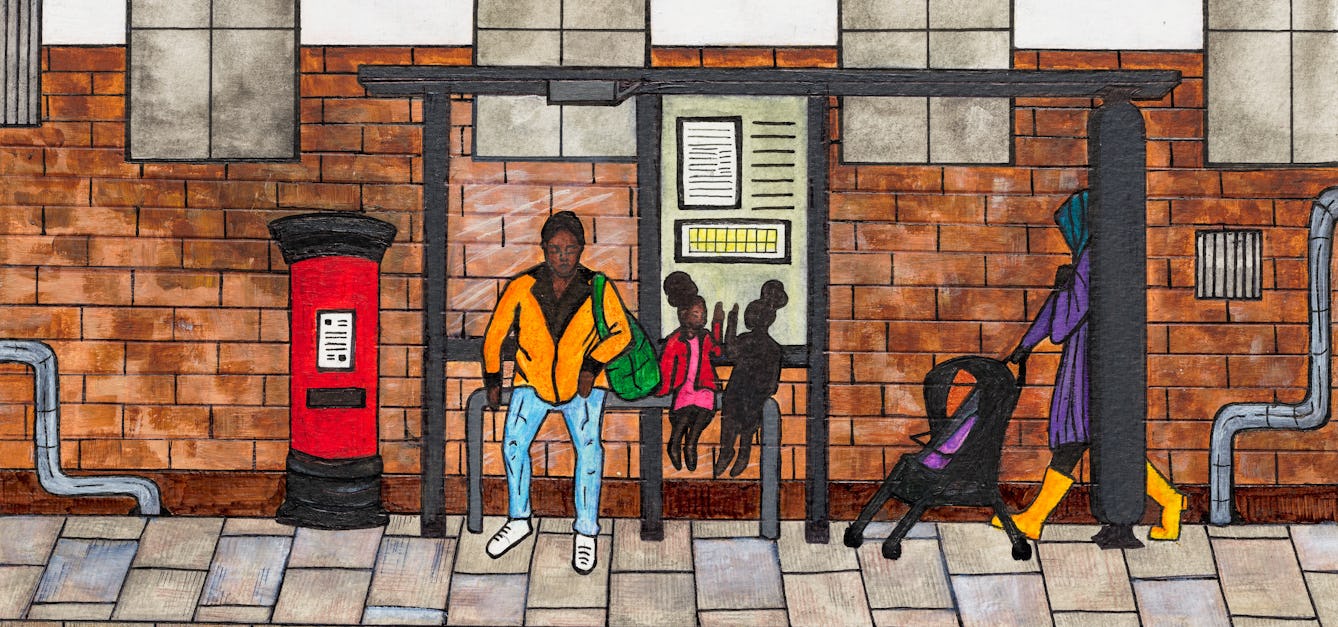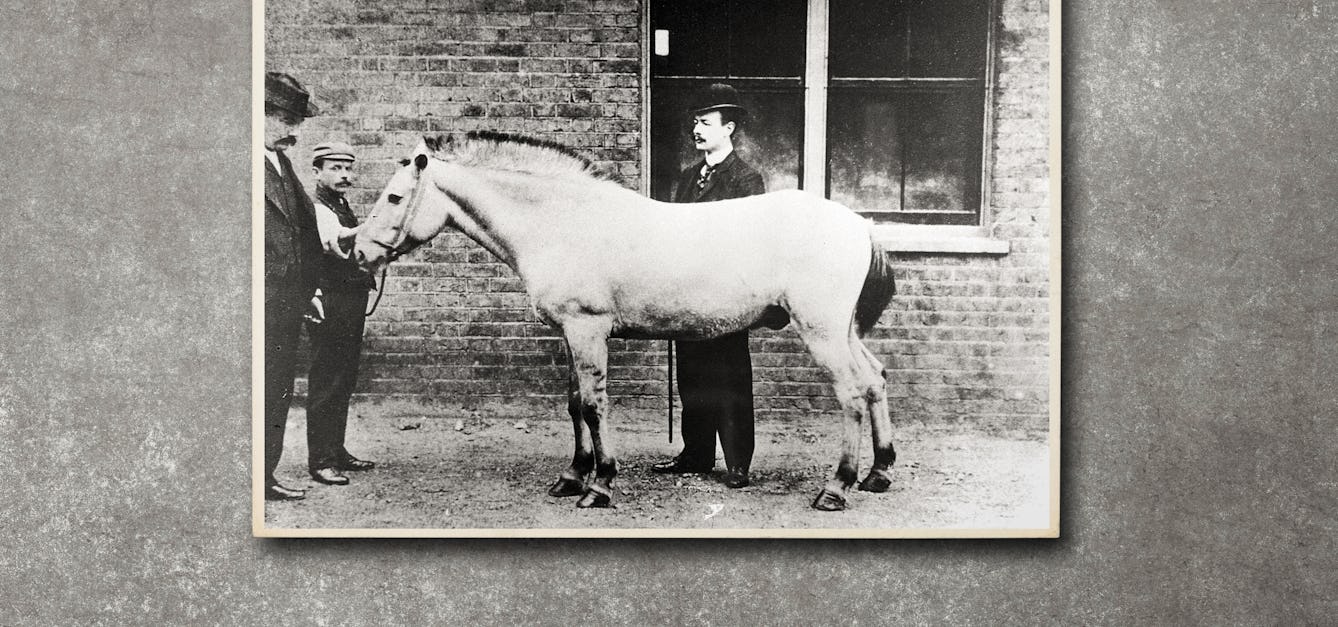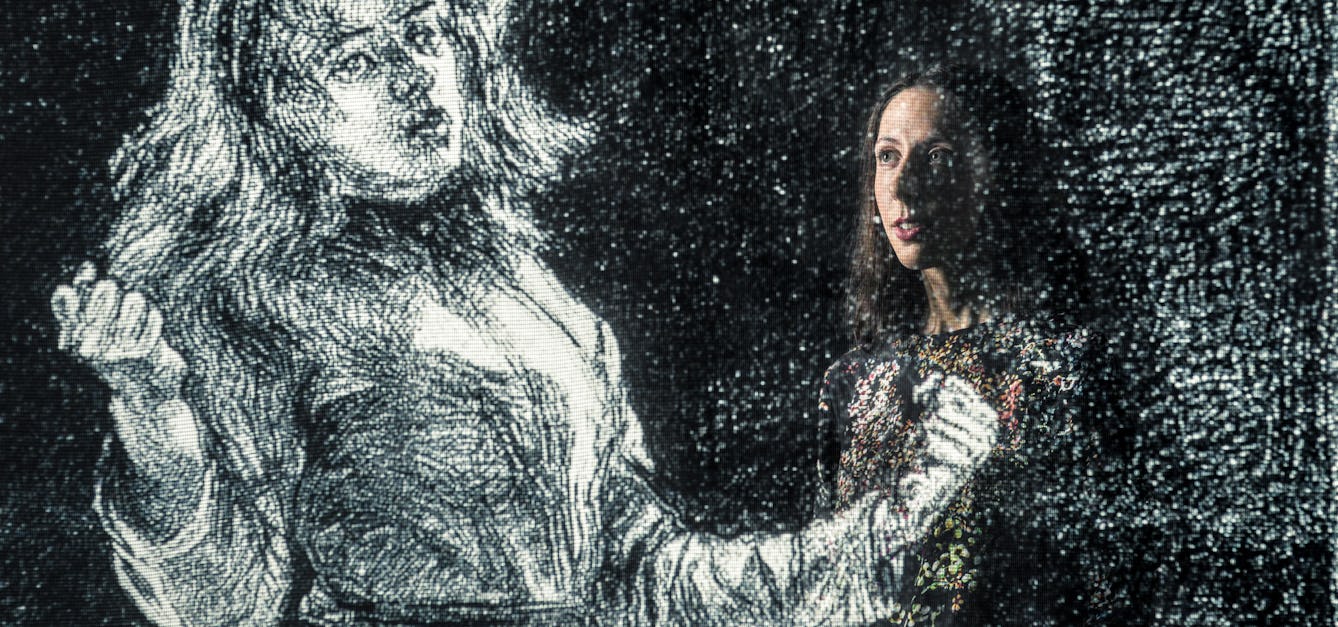Stories

- Article
We need less ‘sickle cell warriors’ and more allies
Rejecting the epithet “warrior”, Cheryl Telfer describes the pervasive effect sickle cell disease has on her life, and calls for more people to donate blood to help sicklers.

- Article
Jim, the horse of death
Horses’ blood was used to produce an antitoxin that saved thousands of children from dying from diphtheria, but contamination was a deadly problem. Find out how a horse called Jim was the catalyst for the beginnings of medical regulation.

- Article
The leukaemia diagnosis I didn’t see coming
Treatment for leukaemia kept journalist Hannah Partos in isolation, like the female prisoner whose image inspired her to write this piece.

- Article
Womb milk and the puzzle of the placenta
A human baby needs milk to survive – and this holds true even before it’s born. Joanna Wolfarth explores “womb milk”, as well as ancient and modern ideas about the placenta.
Catalogue

- Digital Images
- Online
White blood cell - polymorphonuclear leucocyte
University of Edinburgh
- Digital Images
- Online
White blood cell - polymorphonuclear leucocyte
University of Edinburgh
- Digital Images
- Online
White blood cell - polymorphonuclear leucocyte - neutrophil
University of Edinburgh
- Digital Images
- Online
TEM of leukocytes (white blood cell)
David Gregory & Debbie Marshall
- Digital Images
- Online
Human white blood cell
Anne Weston, Francis Crick Institute









